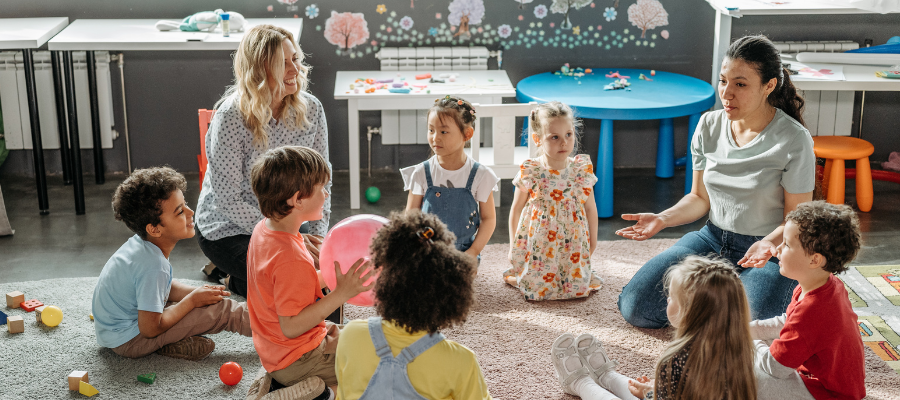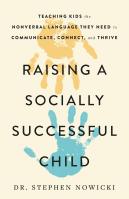Teacher Toolkit: Raising a Socially Successful Child
Excerpted from Dr. Stephen Nowicki’s book on how to teach kids the nonverbal language they need to communicate, connect, and thrive. Based on over 30 years of research.

Touch in the Classroom
Back in 2011, teachers Pamela Owen and Jonathan Gillentine sent surveys to K through third- grade teachers to find out how they felt about positive touch in classrooms and how they were using this particular nonverbal channel with their students.
The results of the survey were clear: more than 90 percent of teachers believed positive touch enhances emotional development, shows caring, improves mood, and reduces stress in classrooms. Yet fewer than half of these same teachers actually used touch with their students when they had the opportunity.
Along with many preschool and elementary school educators, I’m an advocate for allowing positive touch back into our classrooms so that young children can learn about how to touch in a safe and structured way. If you agree, you may want to raise this important issue with your child’s teachers and school administrators. As a first step, you could present some of the latest findings around touch in classrooms such as the Swedish study I’ve cited in this chapter about the effectiveness of touch in education. You could offer to lend them a copy of this book and ask them to read this chapter as a way to begin a discussion around reinstituting positive touch. You could also suggest inviting a psychologist, counselor, or other qualified professional to speak with educators and other families about this topic.
My three suggestions for school administrators and teachers who are interested in changing the “touch” culture of our preschools and elementary schools are as follows:
1. Include parents and caregivers.

It’s always best if administrators and educators can include parents and caregivers in setting up new standards for the classroom. Once there are clear and defined rules on touch that everyone is aware of, these policies need to be reviewed and refreshed with children and families throughout the school year.
2. Set parameters for how and when touch takes place.

Whenever possible, teachers and childcare workers should ensure that touch takes place only in the presence of other colleagues. Teachers and childcare workers should ask children before any physical contact is initiated.
3. Make touch part of the curriculum.

Teaching children about this important nonverbal channel should become part of the curriculum, with teachers explaining the difference between appropriate and inappropriate touch, the negative effects of hitting, biting, and pinching, and the positive effects of kind and respectful social touch.

